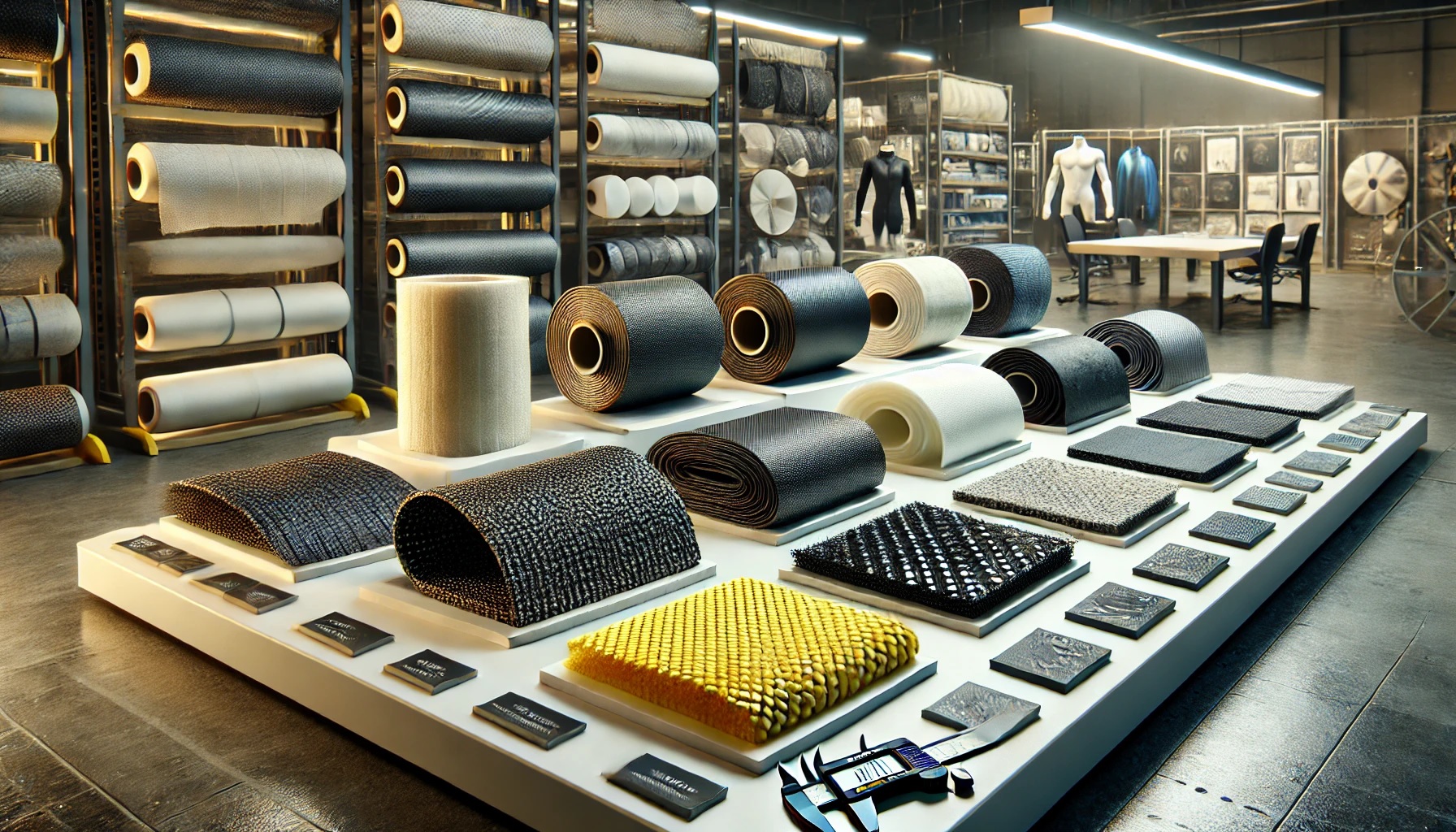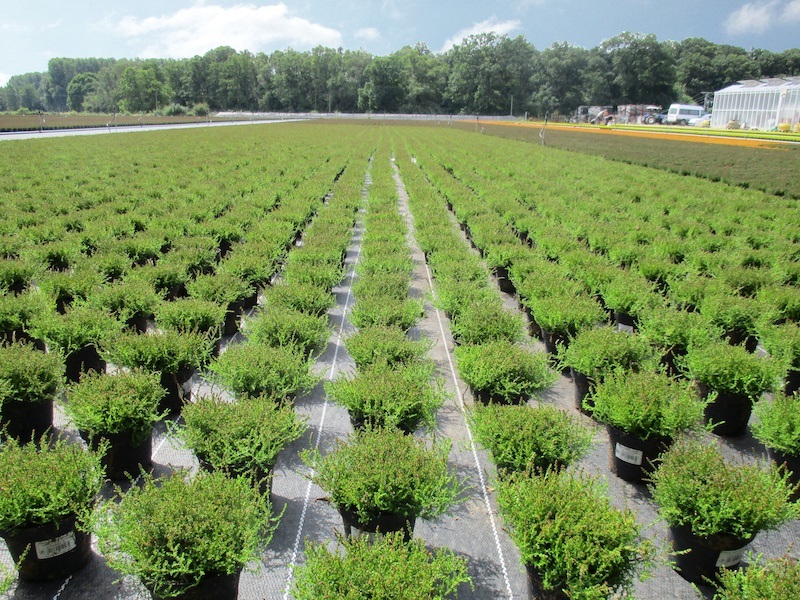The textile industry, particularly the nonwovens and technical textiles sector, is facing increasing pressure to adapt to rapid technological advancements and rising demands for sustainability. Companies that fail to innovate and evolve risk being left behind in an industry that is quickly embracing new materials, processes, and consumer expectations.
The challenges are significant: from the need to reduce environmental impacts and improve product longevity to meeting the specific demands of industries like healthcare, automotive, and construction. The competition is fierce, with companies worldwide investing heavily in research and development to stay ahead. Without adopting the latest innovations, businesses may struggle to meet the evolving standards of quality, durability, and environmental responsibility.
The latest trends and innovations in nonwovens and technical textiles offer a pathway to overcoming these challenges. From sustainable fiber production and advanced material applications to digital textile printing and smart textiles, the future of the industry is bright for those willing to embrace change and invest in cutting-edge technologies.
The Surge in Technical Textiles
Technical textiles are no longer a niche segment but a rapidly growing field that integrates advanced materials and technologies into everyday products. These textiles are engineered for specific functionalities, making them indispensable in various industries such as healthcare, automotive, and construction. For example, the use of materials like Nomex and Kevlar has revolutionized safety gear by providing exceptional durability and heat resistance.
Sustainable Fiber Innovations
As sustainability becomes a priority across all sectors, the textile industry is making significant strides in developing environmentally advantaged fibers. The introduction of recycled and biodegradable fibers is a major trend, driven by consumer demand for products that minimize environmental impact. For instance, the development of polyethylene furanoate (PEF), a biopolymer, presents a promising alternative to traditional plastics. PEF offers similar properties to polyester but with the added benefit of biodegradability, positioning it as a potential game-changer in sustainable textile production.
The Role of Digital Textile Printing
Digital textile printing is another transformative trend, offering a sustainable alternative to traditional dyeing and printing methods. This technology reduces waste, energy consumption, and water use while allowing for greater design flexibility and customization. The rise of digital printing techniques like dye sublimation has empowered manufacturers to meet the growing demand for vibrant, high-quality textile designs without compromising environmental standards.
Enhancing Product Longevity with Antimicrobial Technologies
The integration of antimicrobial and odor-control technologies into textiles is gaining momentum, particularly in industries where hygiene is critical. These innovations help extend the lifespan of textiles by preventing microbial growth, which can cause discoloration, odor, and material degradation. This is particularly important in sectors like healthcare and hospitality, where maintaining cleanliness and product durability is paramount.
Embracing Circularity and Recycling
Circular fashion and the use of recycled fibers are reshaping the textile industry’s approach to sustainability. By designing products with end-of-life recycling in mind, companies are reducing waste and conserving resources. This shift towards circularity is not just a trend but a necessary evolution as regulations tighten and consumers become more environmentally conscious.
Conclusion: The Path Forward
The future of nonwovens and technical textiles lies in embracing innovation and sustainability. Companies that invest in advanced materials, sustainable practices, and cutting-edge technologies will be well-positioned to meet the demands of the modern market. As the industry continues to evolve, those who adapt will not only survive but thrive in this dynamic environment.
By staying ahead of these trends, businesses can ensure they remain competitive and relevant, driving the next wave of growth in the textile industry. The transformation is already underway, and the time to act is now.

